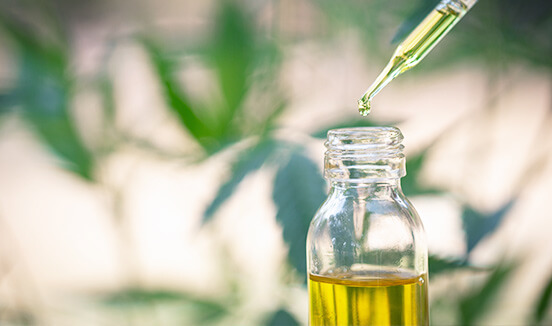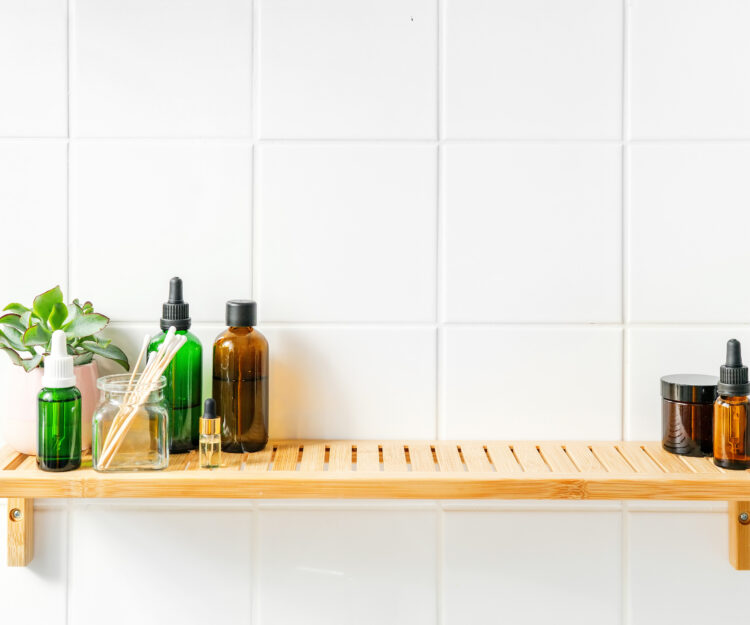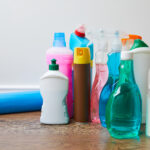If you can count on the CBD market to be one thing, it’s ever-changing. We’re in uncharted territory with this market, and that leads to many people cutting corners.
The problem with that approach: the consequences of mislabeling a product or making an illegal claim can be quite costly.
Taking the time to properly label and market your CBD products will save you time and money in the long run. In this post, let’s walk through the basics so you can start off on the right foot.
Key information to include on your labeling
When working out how to label and market your CBD products, start by asking: what would this product be if it didn’t have any CBD in it?
That’s because CBD cannot “be” a food, supplement, or cosmetic; it can only be included in those products. Then you can follow the appropriate rules for marketing and labeling depending on that class of product. So if you’re marketing a CBD-infused hand cream, you would market that as a cosmetic. If you’re marketing a CBD food product, you would market that as food.
You also want to avoid labeling your CBD product under a false category. Because CBD has some purported medical benefits, some companies may market their cosmetics as “cosmeceuticals.” However, because the FDA doesn’t recognize this category, the product could be considered mislabeled, and you’ll have to spend time and money fixing the issue.
Regardless of product category, however, there’s standard information you should absolutely include on your labeling:
● Brand name
● CBD product type (i.e. oil tincture vs. topical products)
● Product facts, like whether you’re using full-spectrum CBD oil, broad-spectrum CBD oil, or CBD isolates
● Net quantity, which should include the total amount of product as well as a single serving amount (volume for liquids, weight for solids)
● Ingredient lists
● Warning statement to remind customers to CBD away from children, use with care when pregnant, and that products may cause them to fail an upcoming drug test
● Contact information for customers to express their concerns and raise issues if necessary
These may seem like little things, but avoiding trouble with the FDA and FTC definitely makes it worth the effort.
How to avoid medical claims
There are strict guidelines concerning what you’re able to say about food, dietary supplements, and cosmetics—and CBD products fall into this category. Specifically, you can’t make any “disease claims,” a broad category of claims that includes the following.
Qualified health claims (QHCs)
QHCs must be supported by scientific evidence. CBD products cannot make qualified health claims because of the following reasons:
● Not enough viable medical studies have been conducted on the effects of CBD in food and supplements to satisfy the scientific evidence requirement for QHCs
● Even if such studies did exist, the FDA’s current stance that consumer CBD products are illegal precludes it from even considering such claims at this time
Authorized health claims (AHCs)
AHCs are “claims that have been reviewed by FDA and are allowed on food products or dietary supplements to show that a food or food component may reduce the risk of a disease or a health-related condition.” These claims must be supported by scientific evidence. Since 1990, the FDA has permitted only 12 AHCs. It is unlikely that CBD will receive an AHC, at least anytime in the near future.
Structure/function claims (SFCs)
These describe the role of an ingredient to affect or maintain the normal structure or function of the human body. To make SFCs, you must submit the claim to the FDA no later than 30 days after marketing the supplement, and must say that the FDA has not approved the claim—and that it’s not intended to “diagnose, treat, cure or prevent any disease.”
Because AHCs & QHCs are not permitted for CBD products, you can only use SFCs, following the guidelines listed above. A good rule of thumb is that if you’re promising a benefit, that’s okay. But if you’re promising a health or physical result, then you cannot do that.
For example, you can’t say that a product “relieves muscle soreness” or “reduces inflammation.” But you can say that a product improves quality of life or provides “relief” in a general sense. While you may be tempted to say something more specific as a proof point, it’s not worth the risk of a cease-and-desist letter from the FDA (or, worse, a forced product recall).
Using CBD in base cosmetic & relief products
As with any other product, its quality and effectiveness will speak for itself. A satisfied consumer is a more valuable asset than any marketing or sales campaign.
For CBD products specifically, you’ll need to regularly test your products to ensure there’s a high enough concentration of the cannabinoids for the product to provide benefits. Otherwise, you’re selling something that won’t deliver on its promises. This is why frequent, random testing of the product in the manufacturing and mixing stages is critical.
However, keep in mind that CBD isn’t a silver bullet that can fix a broken product. So make sure you use high-end ingredients—whether that’s arnica, capsaicin, menthol, or something else—so you provide a synergistic effect.
There are too many companies out there cutting corners, primarily because the market is so young. You want to stand out from the crowd, and that starts with a strong product. Testing, ingredient quality, and effective mixing are key to creating something your consumers will love.
Final thoughts
Effective and accurate CBD labeling and marketing is about more than just staying within the FDA’s rules or creating a quality product. It’s about protecting your brand: the brand that, hopefully, will attract and retain consumers.
The best way to protect that brand is to work with an experienced partner who knows their way around this industry. They can help you achieve the right balance in your products, validate your marketing claims, and help you steer clear of any federal red flags. There’s also the opportunity to adopt a white label partner; they focus on the product, you focus on the brand.
Once you have all these pieces in place, it’s time to go to work…and go to market.








